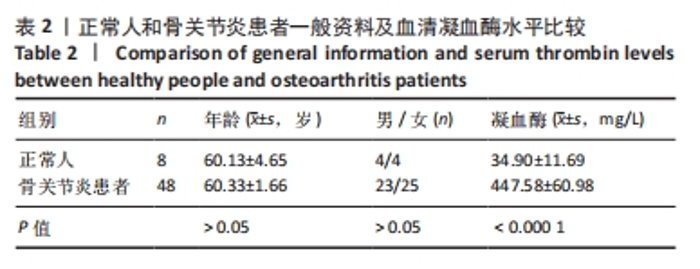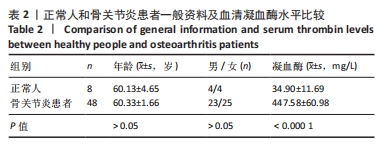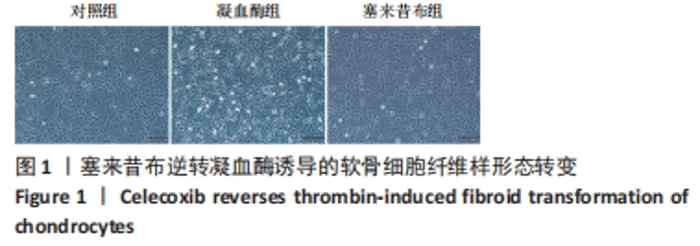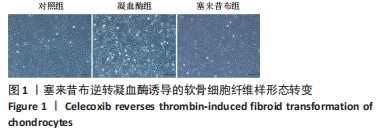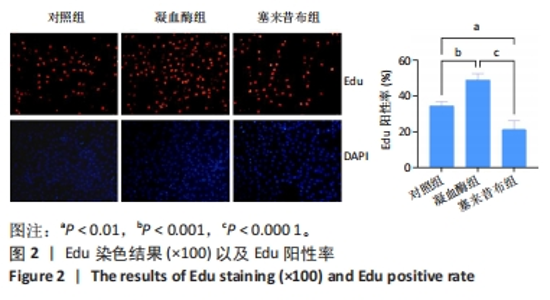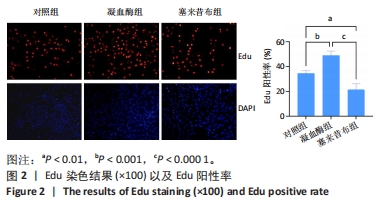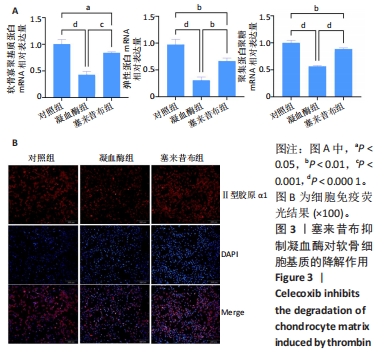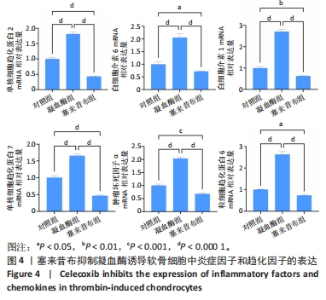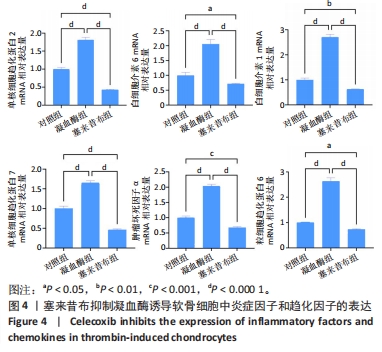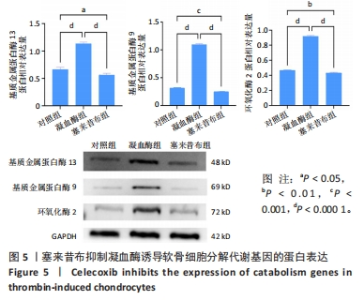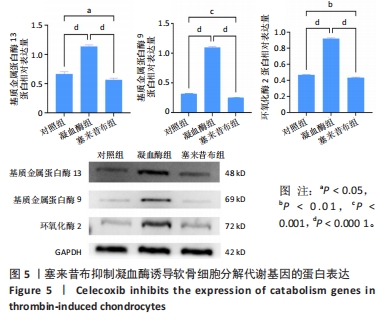[1] MANDL LA. Osteoarthritis year in review 2018: clinical. Osteoarthritis Cartilage. 2019;27(3):359-364.
[2] YAO Q, WU X, TAO C, et al. Osteoarthritis: pathogenic signaling pathways and therapeutic targets. Signal Transduct Target Ther. 2023; 8(1):56.
[3] MAEHARA M, TOYODA E, TAKAHASHI T, et al. Potential of Exosomes for Diagnosis and Treatment of Joint Disease: Towards a Point-of-Care Therapy for Osteoarthritis of the Knee. Int J Mol Sci. 2021;22(5):2666.
[4] SHARMA L. Osteoarthritis of the Knee. N Engl J Med. 2021;384(1): 51-59.
[5] KOHLI P, STEG PG, CANNON CP, et al. NSAID use and association with cardiovascular outcomes in outpatients with stable atherothrombotic disease. Am J Med. 2014;127(1):53-60.
[6] SCHJERNING OLSEN AM, GISLASON GH, MCGETTIGAN P, et al. Association of NSAID use with risk of bleeding and cardiovascular events in patients receiving antithrombotic therapy after myocardial infarction. JAMA. 2015;313(8):805-814.
[7] ZHANG X, SHI Y, ZHANG Z, et al. Intra-articular delivery of tetramethylpyrazine microspheres with enhanced articular cavity retention for treating osteoarthritis. Asian J Pharm Sci. 2018;13(3): 229-238.
[8] LIDDLE A D, JUDGE A, PANDIT H, et al. Adverse outcomes after total and unicompartmental knee replacement in 101,330 matched patients: a study of data from the National Joint Registry for England and Wales. Lancet. 2014;384(9952):1437-1445.
[9] YANG Y, ZHANG M, KANG X, et al. Thrombin-induced microglial activation impairs hippocampal neurogenesis and spatial memory ability in mice. Behav Brain Funct. 2015;11(1):30.
[10] YE X, ZUO D, YU L, et al. ROS/TXNIP pathway contributes to thrombin induced NLRP3 inflammasome activation and cell apoptosis in microglia. Biochem Biophys Res Commun. 2017;485(2):499-505.
[11] SCHAFFNER A, RHYN P, SCHOEDON G, et al. Regulated expression of platelet factor 4 in human monocytes--role of PARs as a quantitatively important monocyte activation pathway. J Leukoc Biol. 2005;78(1): 202-209.
[12] SOKOLOVA E, GRISHINA Z, BüHLING F, et al. Protease-activated receptor-1 in human lung fibroblasts mediates a negative feedback downregulation via prostaglandin E2. Am J Physiol Lung Cell Mol Physiol. 2005;288(5):L793-L802.
[13] PULJAK L, MARIN A, VRDOLJAK D, et al. Celecoxib for osteoarthritis. Cochrane Database Syst Rev. 2017;5(5):Cd009865.
[14] KRASSELT M, BAERWALD C. Celecoxib for the treatment of musculoskeletal arthritis. Expert Opin Pharmacother. 2019;20(14): 1689-1702.
[15] RIM YA, NAM Y, JU JH. The Role of Chondrocyte Hypertrophy and Senescence in Osteoarthritis Initiation and Progression. Int J Mol Sci. 2020;21(7):2358.
[16] VERSTEEG HH, HEEMSKERK JW, LEVI M, et al. New fundamentals in hemostasis. Physiol Rev. 2013;93(1):327-358.
[17] ROCHA AL, BIGHETTI-TREVISAN RL, DUFFLES LF, et al. Inhibitory effects of dabigatran etexilate, a direct thrombin inhibitor, on osteoclasts and osteoblasts. Thromb Res. 2020;186:45-53.
[18] JABERI N, SOLEIMANI A, PASHIRZAD M, et al. Role of thrombin in the pathogenesis of atherosclerosis. J Cell Biochem Suppl. 2019;120(4): 4757-4765.
[19] BROWN C, BRANDT W, WANG TF, et al. Incidence of recurrent venous thromboembolism and bleeding complications in patients with cancer and isolated distal deep vein thrombosis. Thromb Res. 2023;228:81-84.
[20] PRAKASH S, VERGHESE S, ROXBY D, et al. Changes in fibrinolysis and severity of organ failure in sepsis: a prospective observational study using point-of-care test--ROTEM. J Crit Care. 2015;30(2):264-270.
[21] KUBO N, AWADA T, HIROSE N, et al. Longitudinal effects of estrogen on mandibular growth and changes in cartilage during the growth period in rats. Dev Biol. 2022;492:126-132.
[22] NI Z, KUANG L, CHEN H, et al. The exosome-like vesicles from osteoarthritic chondrocytes enhanced mature IL-1β production of macrophages and aggravated synovitis in osteoarthritis. Cell Death Dis. 2019;10(7):522.
[23] SALINAS D, MUMEY BM, JUNE RK. Physiological dynamic compression regulates central energy metabolism in primary human chondrocytes. Biomech Model Mechanobiol. 2019;18(1):69-77.
[24] HOSSEINZADEH A, KAMRAVA SK, JOGHATAEI MT, et al. Apoptosis signaling pathways in osteoarthritis and possible protective role of melatonin. J Pineal Res. 2016;61(4):411-425.
[25] NA HS, PARK JS, CHO KH, et al. Interleukin-1-Interleukin-17 Signaling Axis Induces Cartilage Destruction and Promotes Experimental Osteoarthritis. Front Immunol. 2020;11:730.
[26] WANG T, HE C. Pro-inflammatory cytokines: The link between obesity and osteoarthritis. Cytokine Growth Factor Rev. 2018;44:38-50.
[27] HU Q, ECKER M. Overview of MMP-13 as a Promising Target for the Treatment of Osteoarthritis. Int J Mol Sci. 2021;22(4):1742.
[28] LI L, JIANG BE. Serum and synovial fluid chemokine ligand 2/monocyte chemoattractant protein 1 concentrations correlate with symptomatic severity in patients with knee osteoarthritis. Ann Clin Biochem. 2015; 52(Pt 2):276-282.
[29] GOODE AP, SCHWARTZ TA, KRAUS VB, et al. Inflammatory, Structural, and Pain Biochemical Biomarkers May Reflect Radiographic Disc Space Narrowing: The Johnston County Osteoarthritis Project. J Orthop Res. 2020;38(5):1027-1037.
[30] SHEN J, ABU-AMER Y, O’KEEFE RJ, et al. Inflammation and epigenetic regulation in osteoarthritis. Connect Tissue Res. 2017;58(1):49-63.
[31] JIANG W, JIN Y, ZHANG S, et al. PGE2 activates EP4 in subchondral bone osteoclasts to regulate osteoarthritis. Bone Res. 2022;10(1):27.
[32] WIEGERTJES R, VAN DE LOO FAJ, BLANEY DAVIDSON EN. A roadmap to target interleukin-6 in osteoarthritis. Rheumatology (Oxford). 2020; 59(10):2681-2694.
[33] VERRICO CD, WESSON S, KONDURI V, et al. A randomized, double-blind, placebo-controlled study of daily cannabidiol for the treatment of canine osteoarthritis pain. Pain. 2020;161(9):2191-2202.
[34] CHELESCHI S, TENTI S, GIANNOTTI S, et al. A Combination of Celecoxib and Glucosamine Sulfate Has Anti-Inflammatory and Chondroprotective Effects: Results from an In Vitro Study on Human Osteoarthritic Chondrocytes. Int J Mol Sci. 2021;22(16):8980.
[35] HAARTMANS MJJ, TIMUR UT, EMANUEL KS, et al. Evaluation of the Anti-Inflammatory and Chondroprotective Effect of Celecoxib on Cartilage Ex Vivo and in a Rat Osteoarthritis Model. Cartilage. 2022; 13(3):19476035221115541.
|
